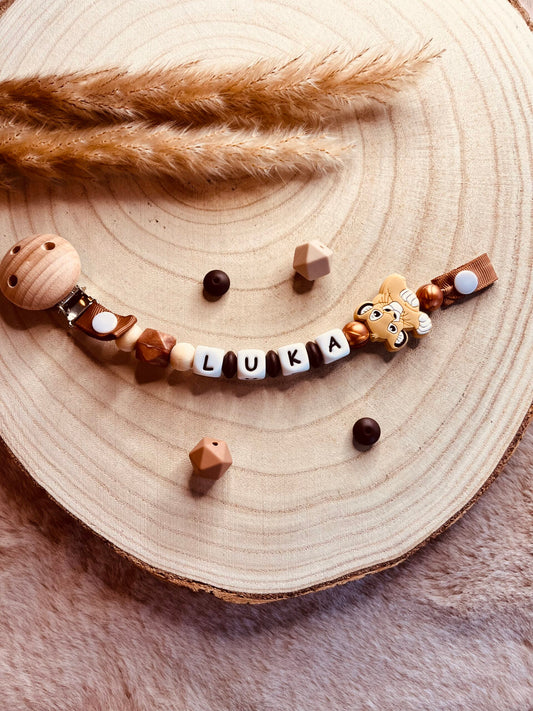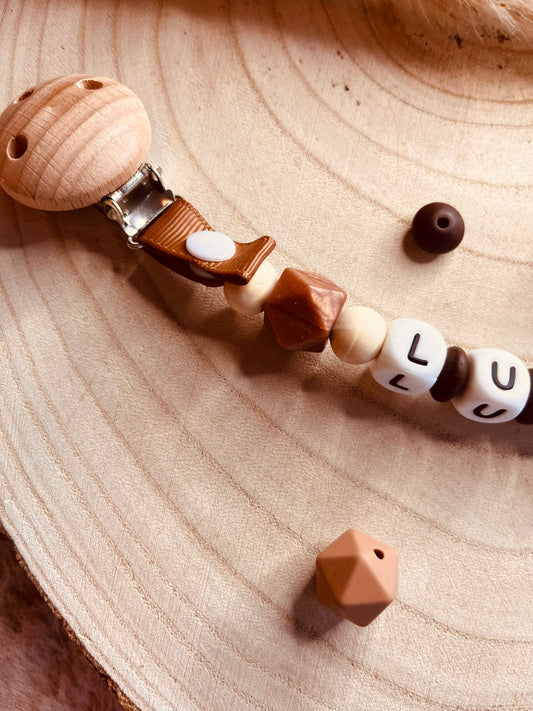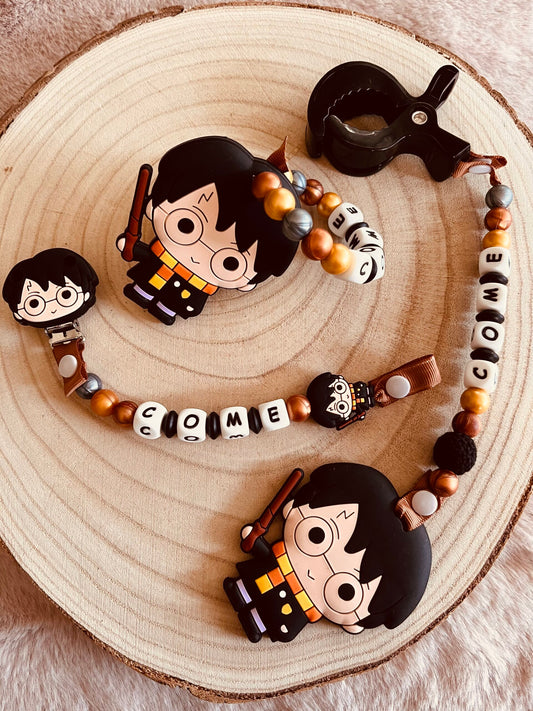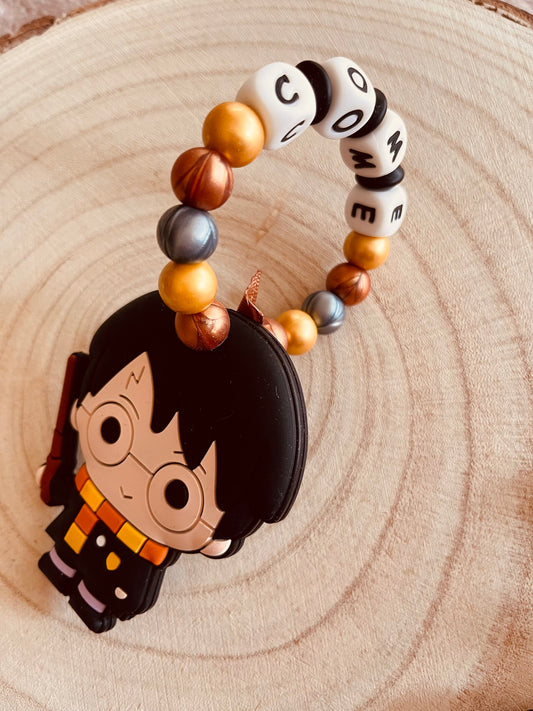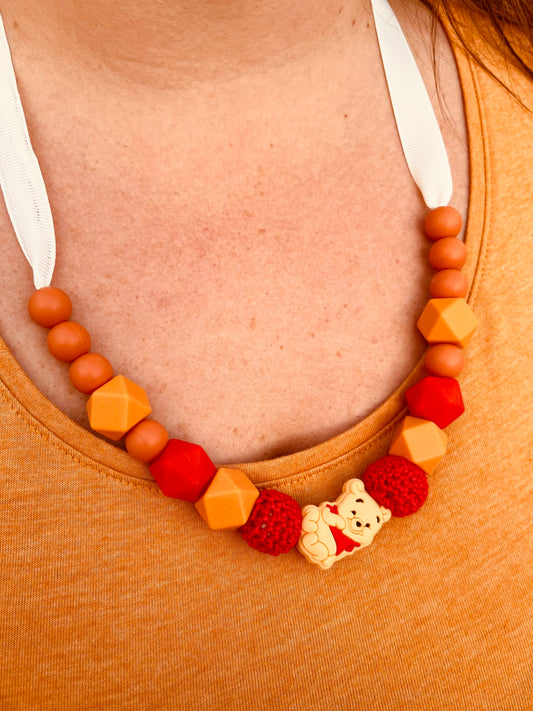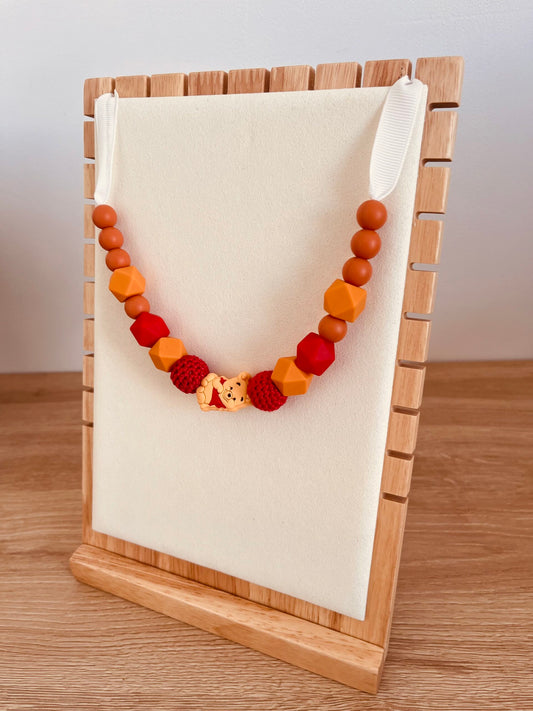The Doudou, an essential companion in early childhood
The comforter, this object often considered trivial in the eyes of adults, is of capital importance in the emotional and affective development of the child. Much more than a simple toy, it becomes a true confidant, a source of comfort and a bridge to autonomy. But why is this attachment so strong? And what role does the comforter play in the child's life?
A transitional object: the bridge between the child and the world
The concept of the transitional object, popularized by psychoanalyst Donald Winnicott, largely explains children's attachment to their comfort blanket. This object represents an intermediary between the child's inner world, where omnipotence and illusion reign, and the outside world, with its rules and limits. The comfort blanket allows the child to make a smooth transition between these two worlds. It is a kind of "security blanket" that accompanies them in their discoveries and helps them manage their anxieties.
The benefits of comfort blankets on child development
- Safety and comfort: A comfort blanket is often a child's first instinct when they feel sad, lonely, or scared. It provides a sense of security and helps them relax.
- Facilitating sleep onset: The presence of the comforter encourages falling asleep by creating a reassuring ritual and calming the anxieties linked to separation.
- Emotional development: By becoming attached to their comforter, the child learns to express their emotions, to regulate them and to develop emotional bonds.
- Sensory stimulation: The softness, texture and scent of the comforter provide rich sensory stimulation that contributes to the child's development.
- Transition to autonomy: The comforter accompanies the child in his first experiences of autonomy, such as separation from parents during childcare or at daycare.
The comfort blanket, a mirror of the child's personality?
The choice of comforter is not trivial. It can reflect the child's personality and their current needs. A shy child may prefer a blanket A soft and reassuring toy, while a more active child will choose a more dynamic comforter. Furthermore, attachment to a particular object can evolve over time, depending on the child's experiences and stages of development.
Losing a comfort blanket: how to help a child?
Losing a comfort blanket can be a very painful experience for a child. It is important to take this situation seriously and help them overcome their sadness. Here are some tips:
- Recognizing your emotions: It is essential to validate the child's emotions and show them compassion.
- Find a solution together: Involve the child in finding a solution, such as creating a new comforter or finding a similar object.
- Create a ritual: Establishing a ritual to say goodbye to the lost comforter can help the child grieve.
- Soft toy clip : The ideal solution to never lose your cuddly toy
The cuddly toy in popular culture
The comforter has inspired many artists and authors. It is present in children's literature, cinema, and even advertising. This ubiquity testifies to the symbolic importance of the comforter in our society.
A comforting toy is much more than just a comforting object. It plays an essential role in a child's psycho-emotional development by providing security, comfort, and a sense of belonging. By understanding the importance of this attachment, parents can better support their child in their early years.


